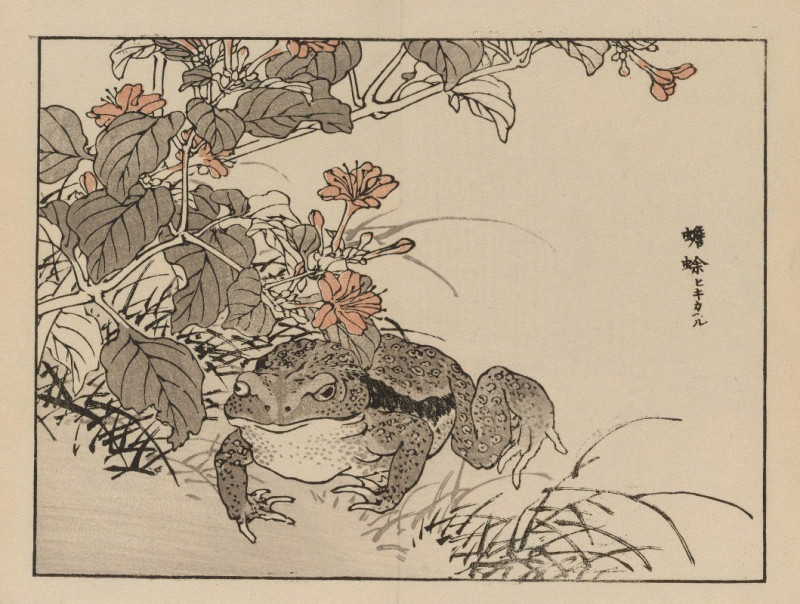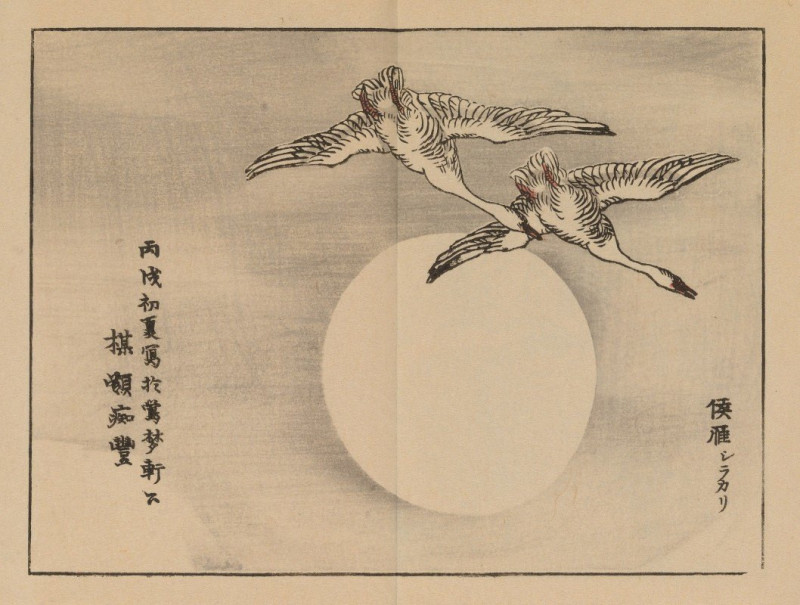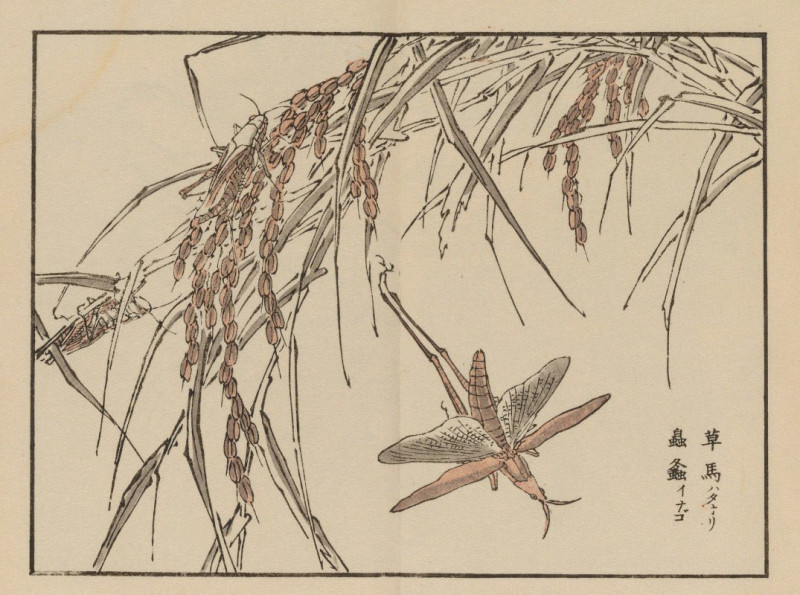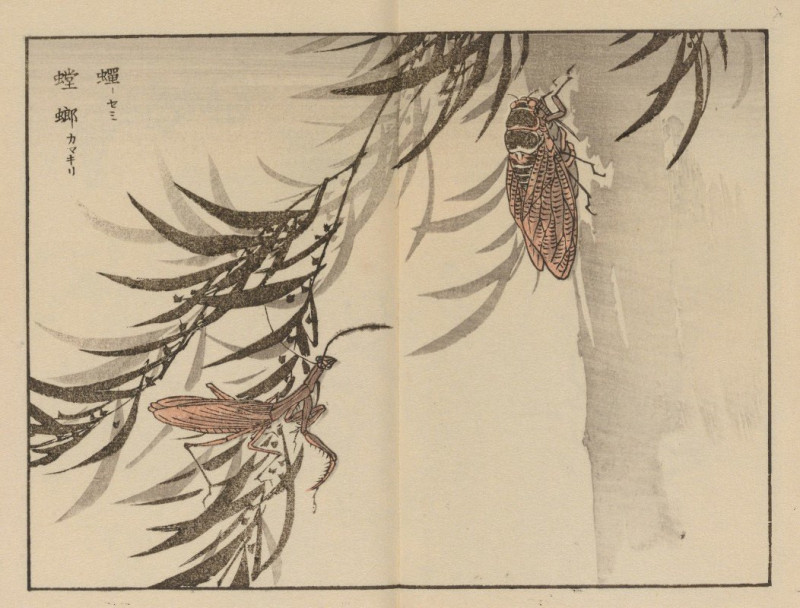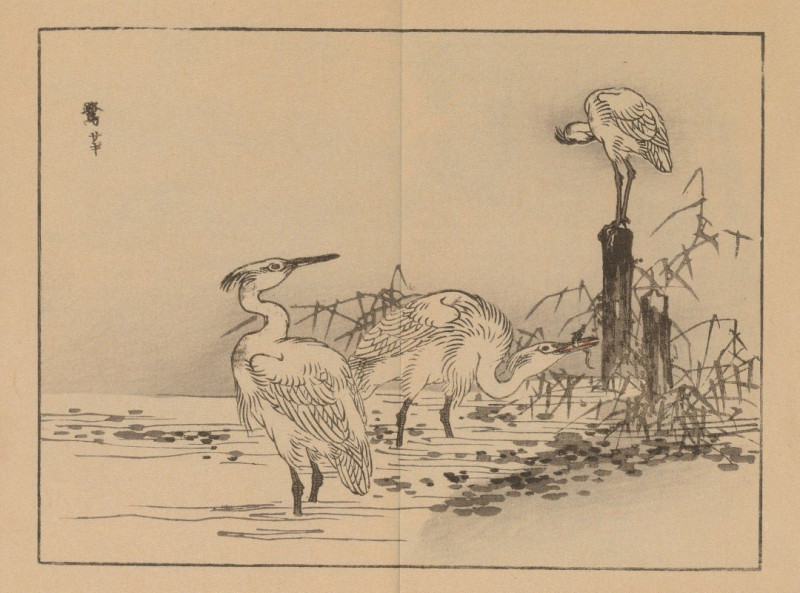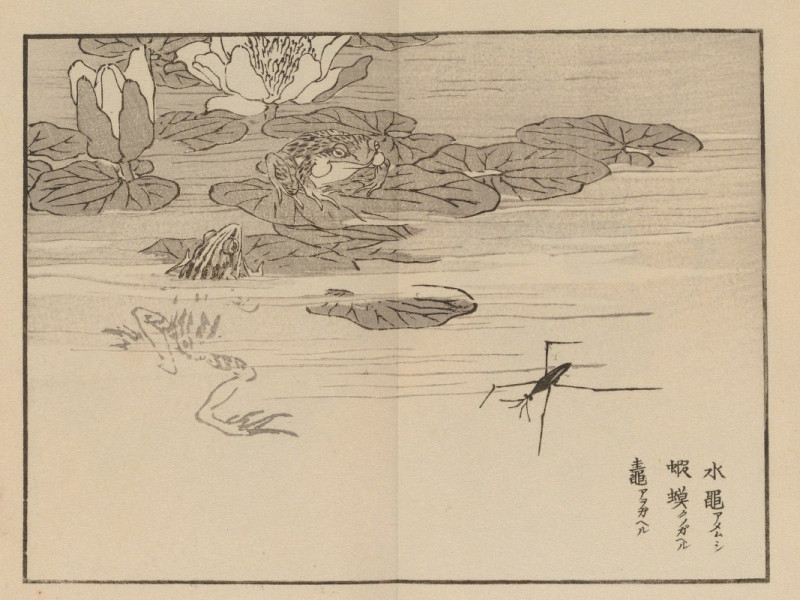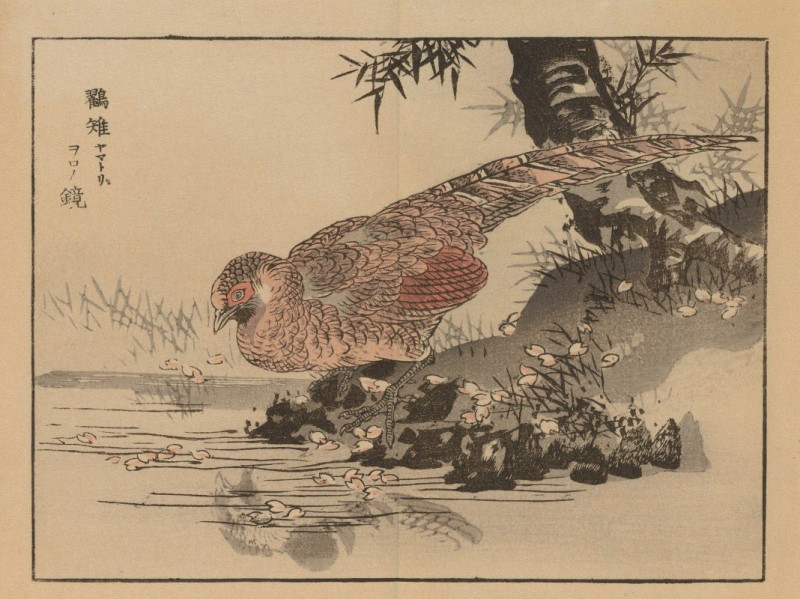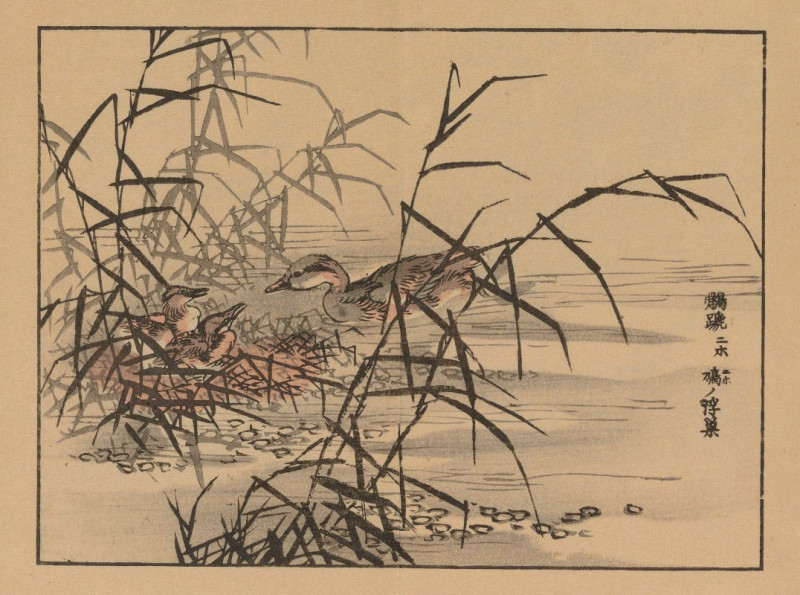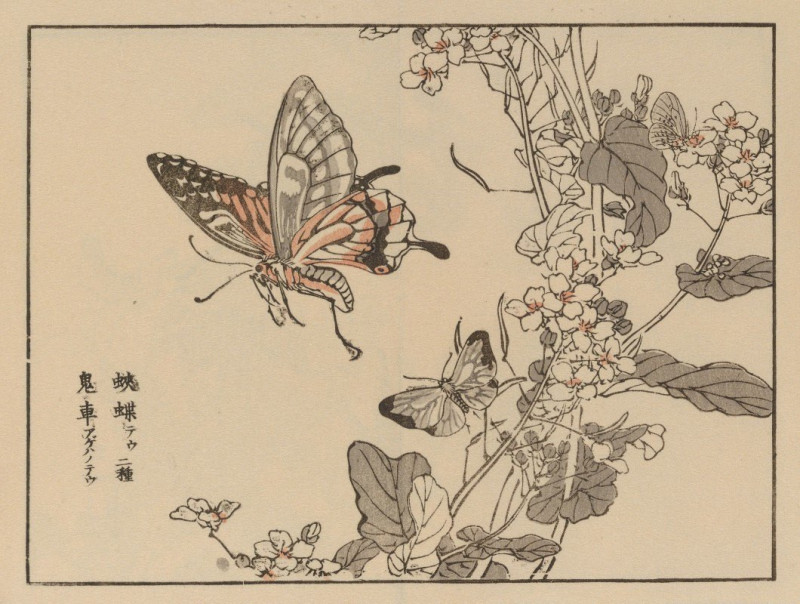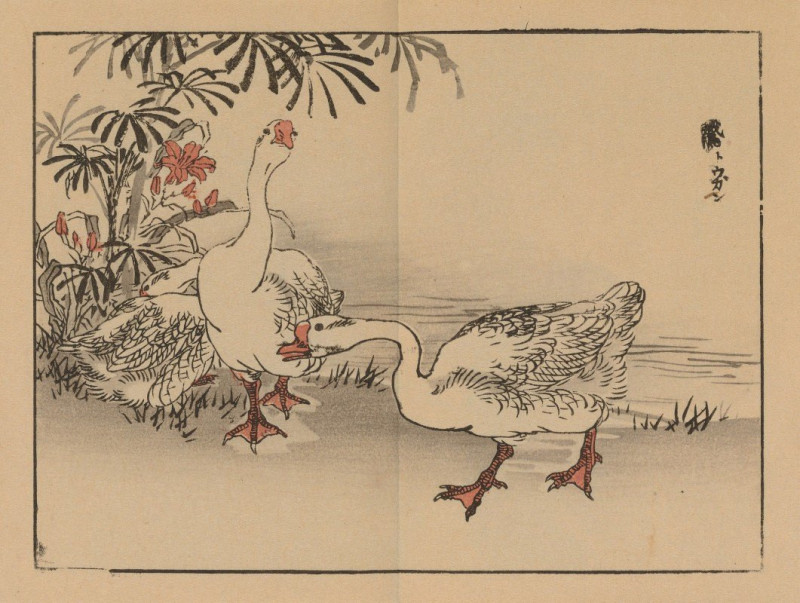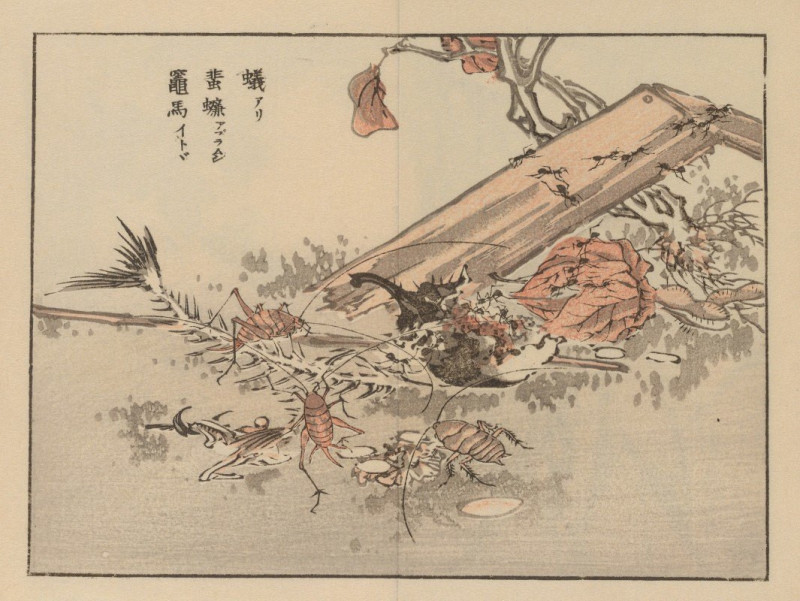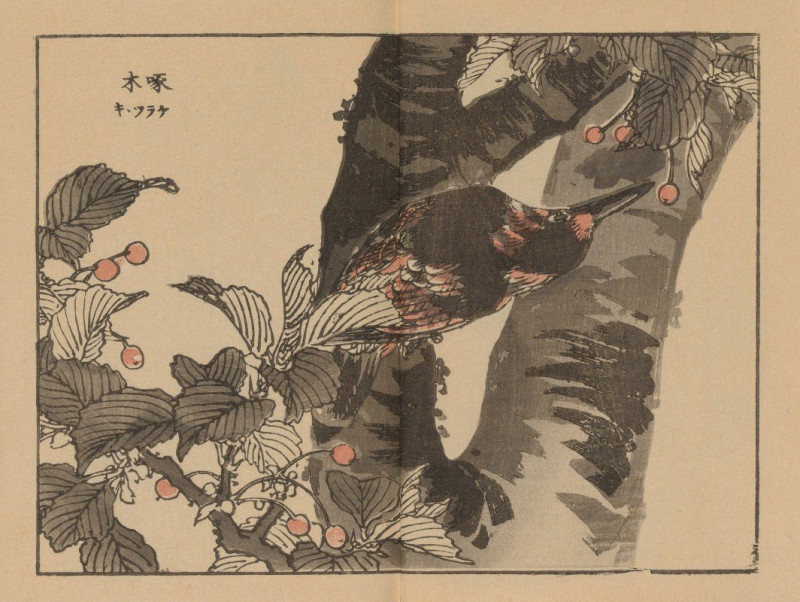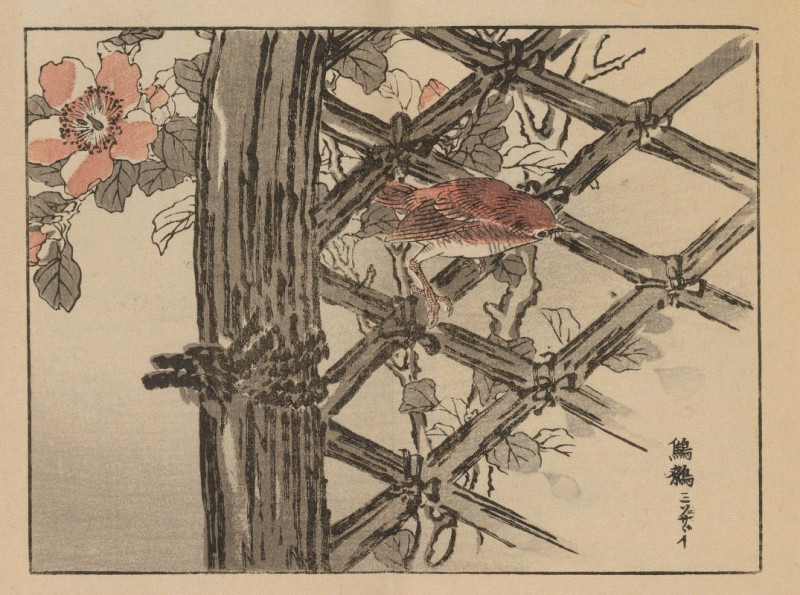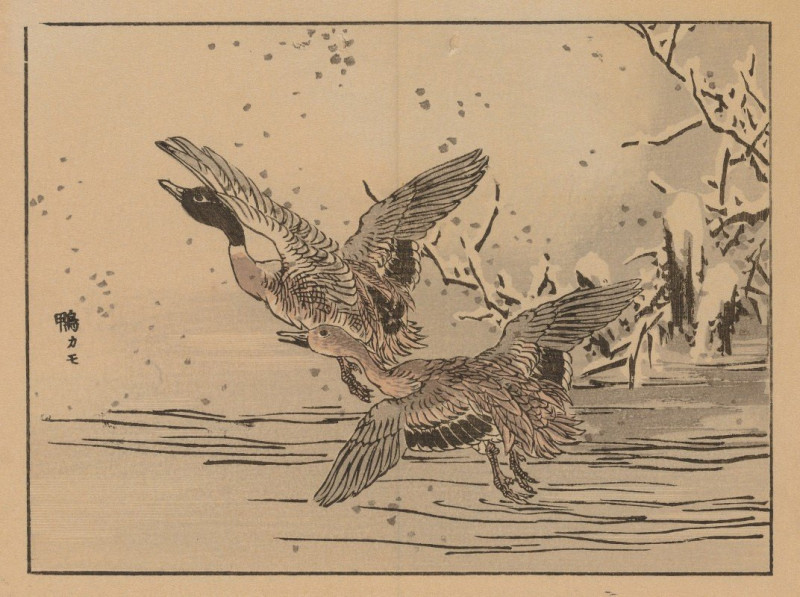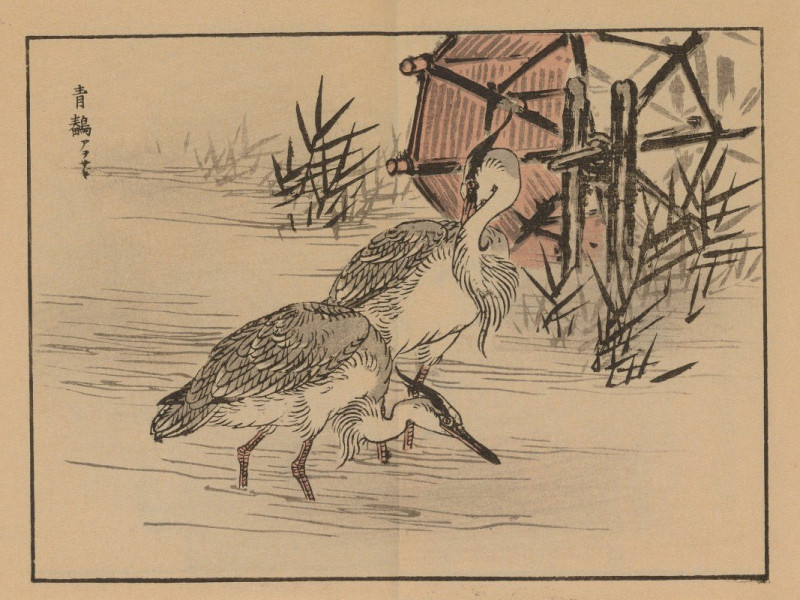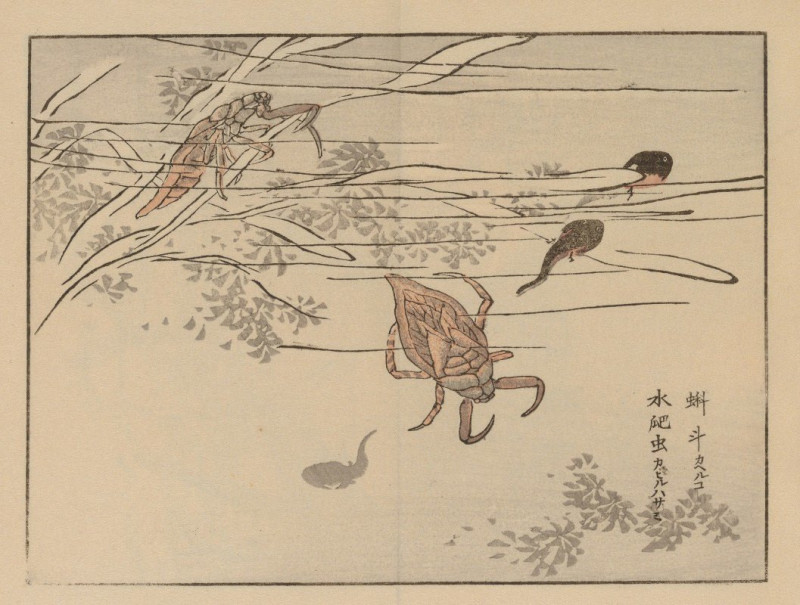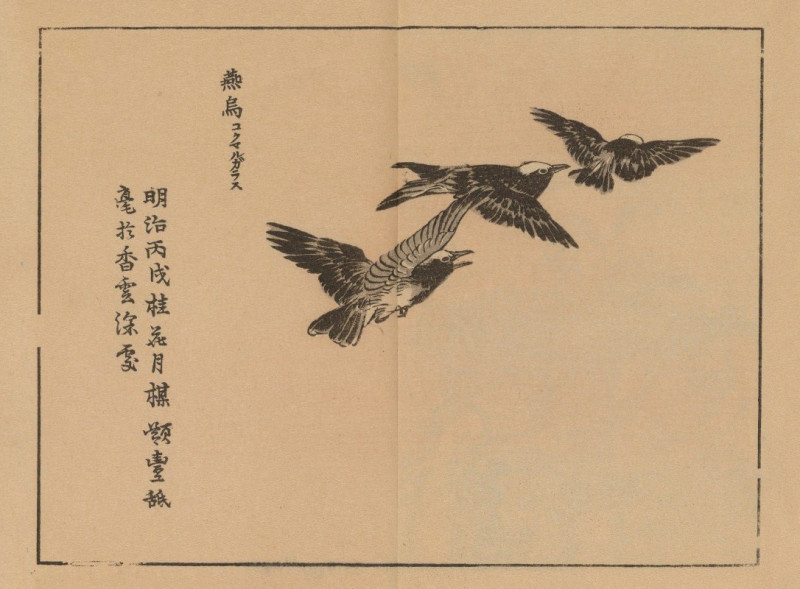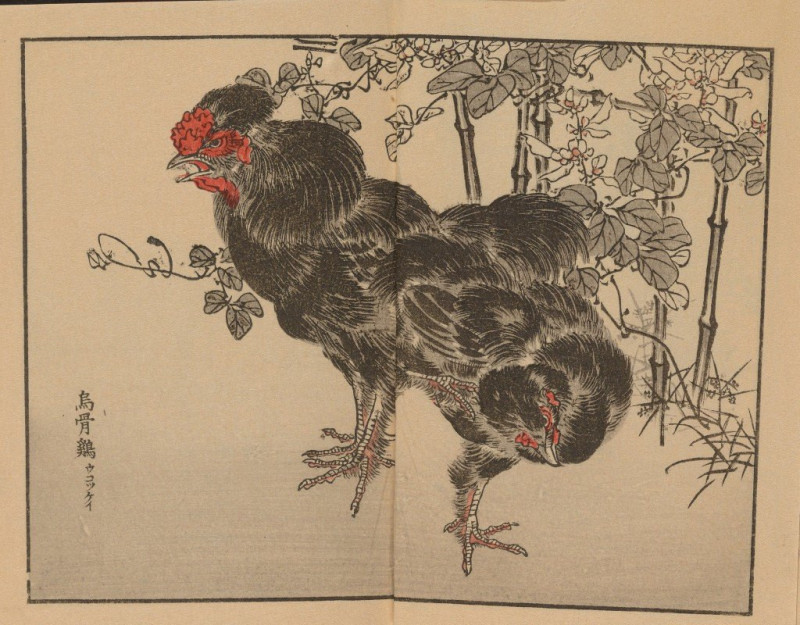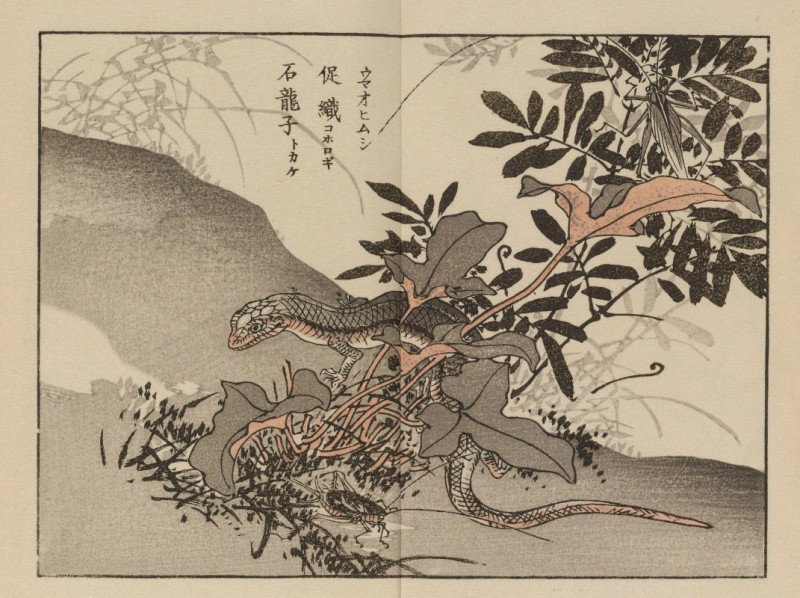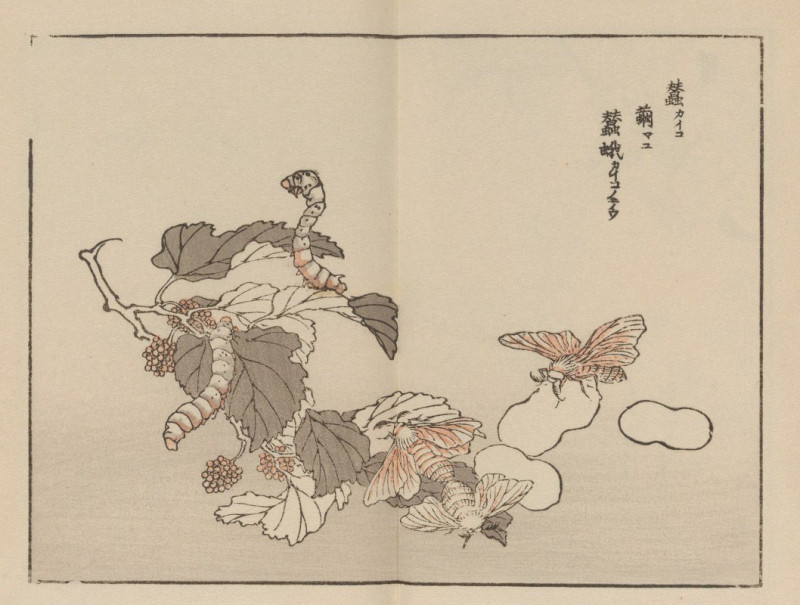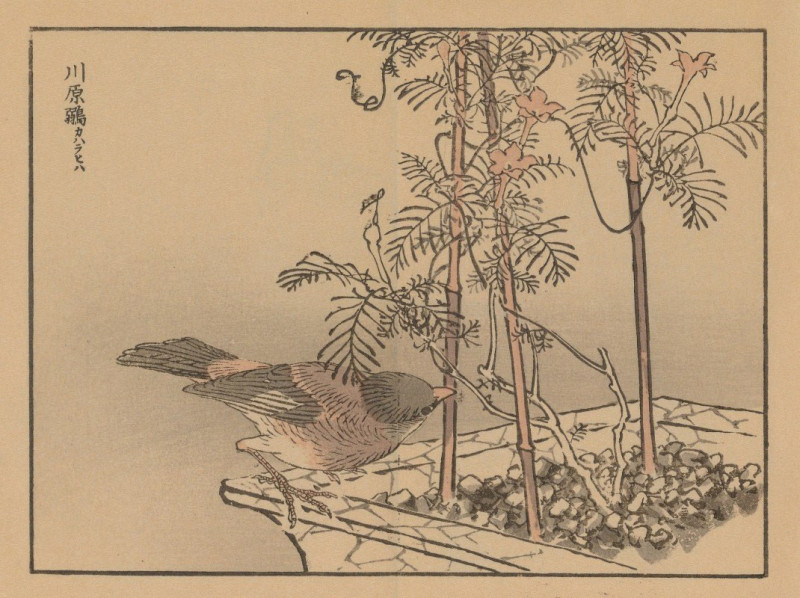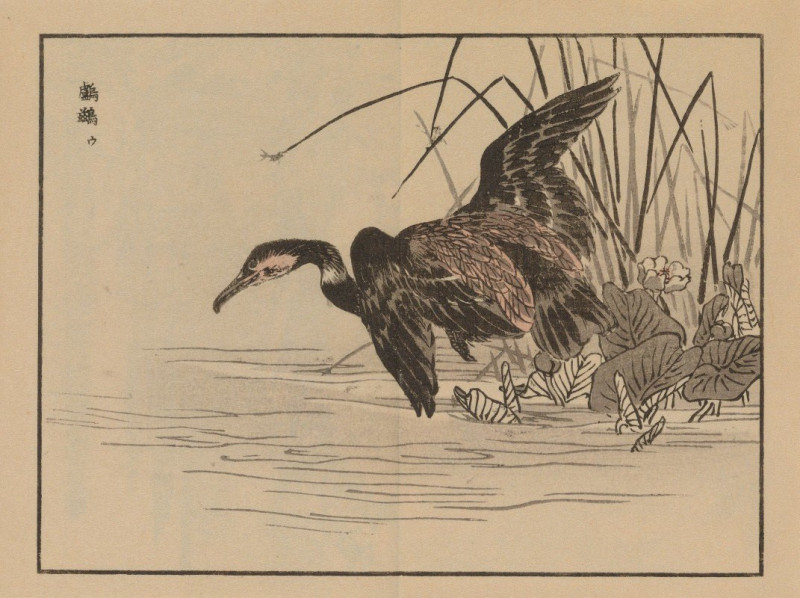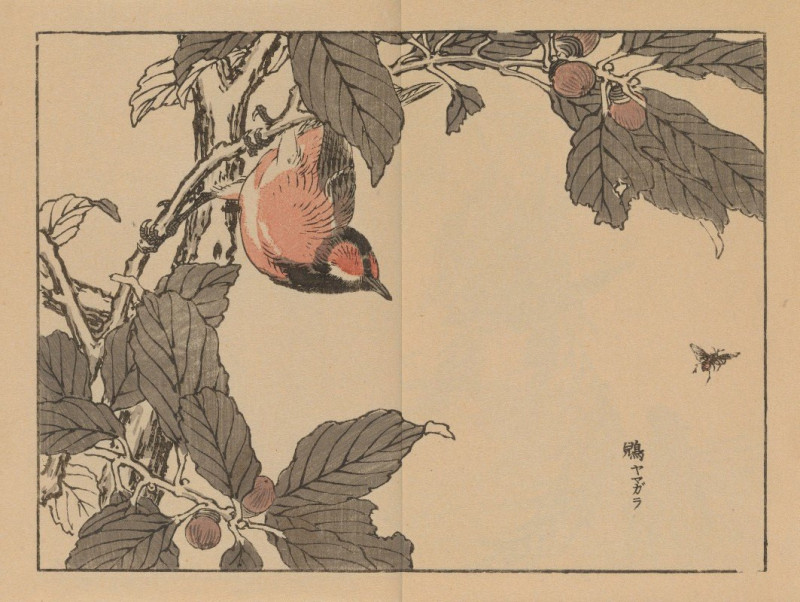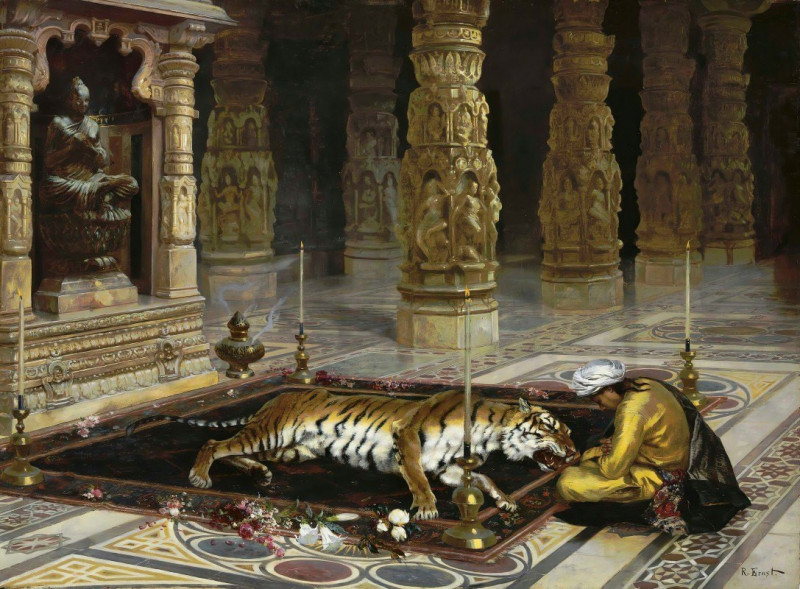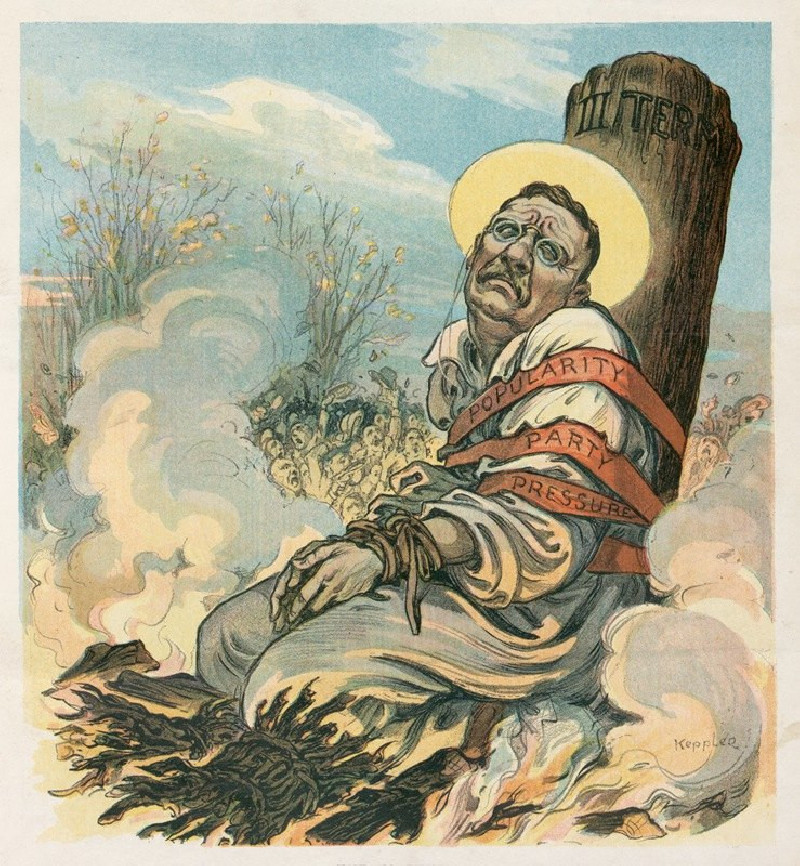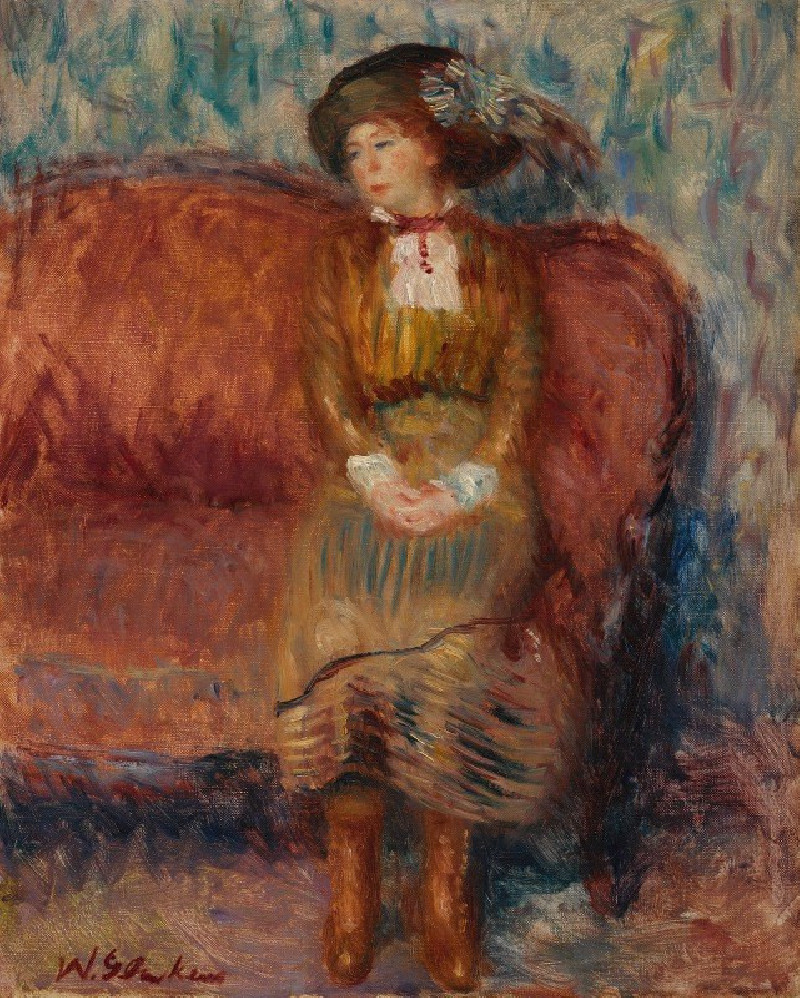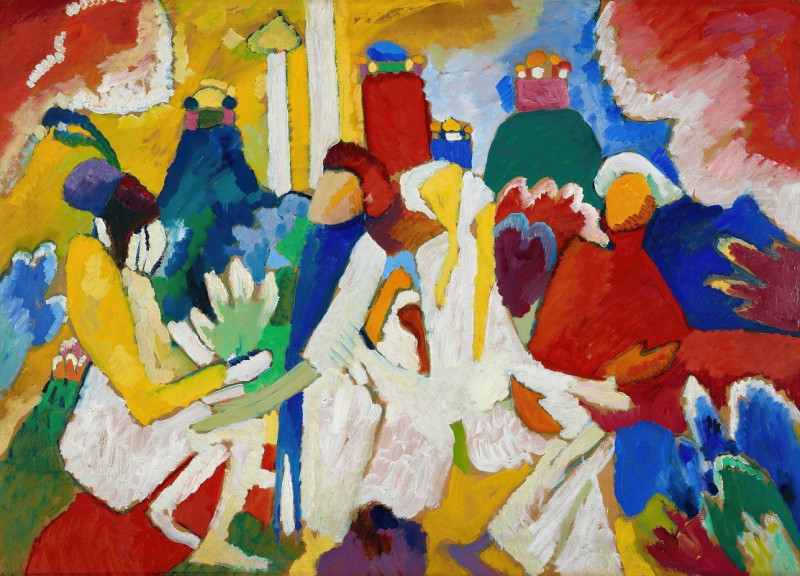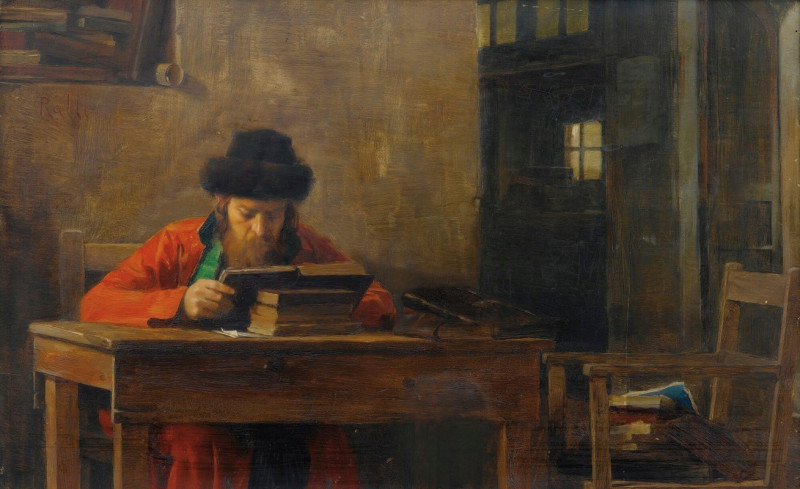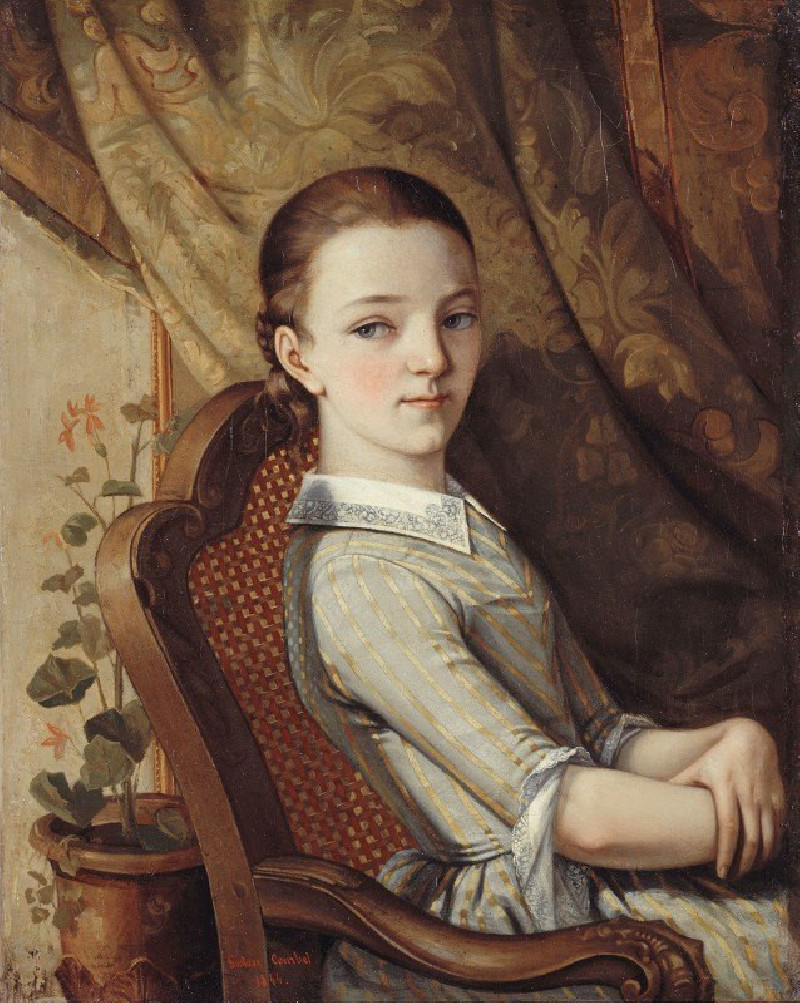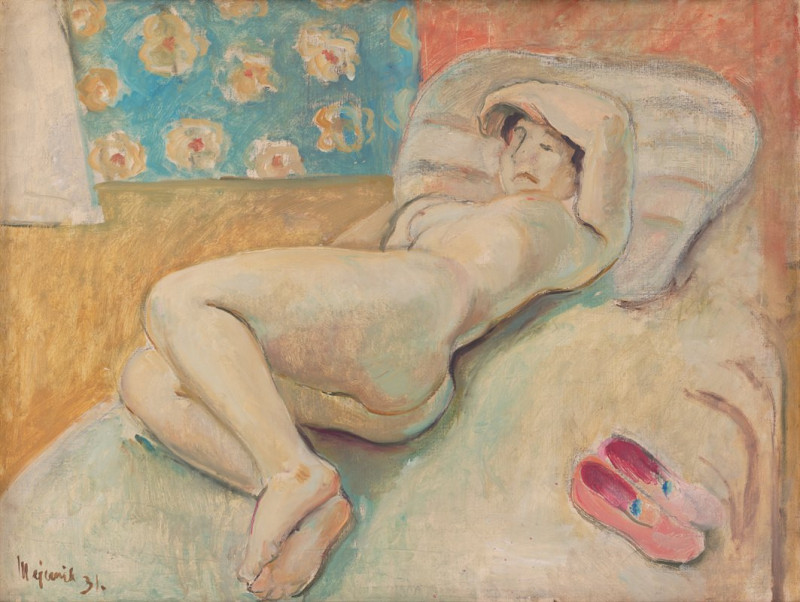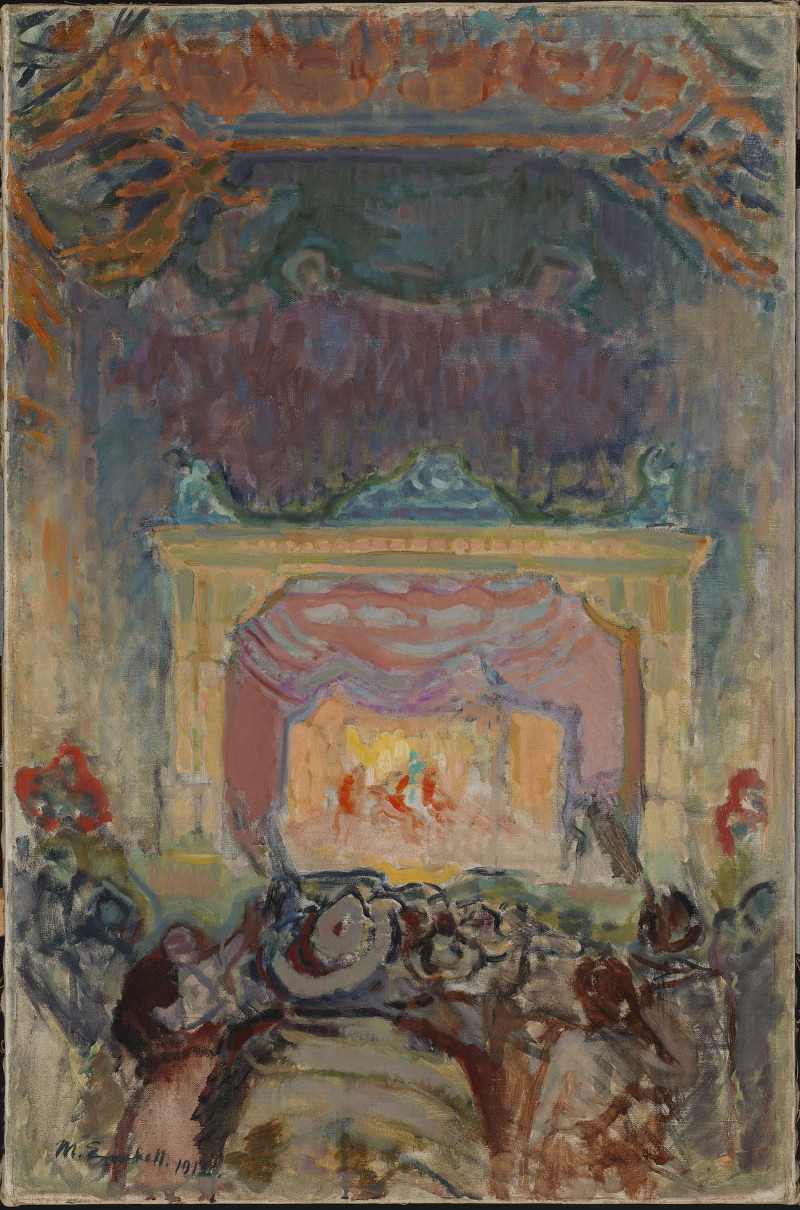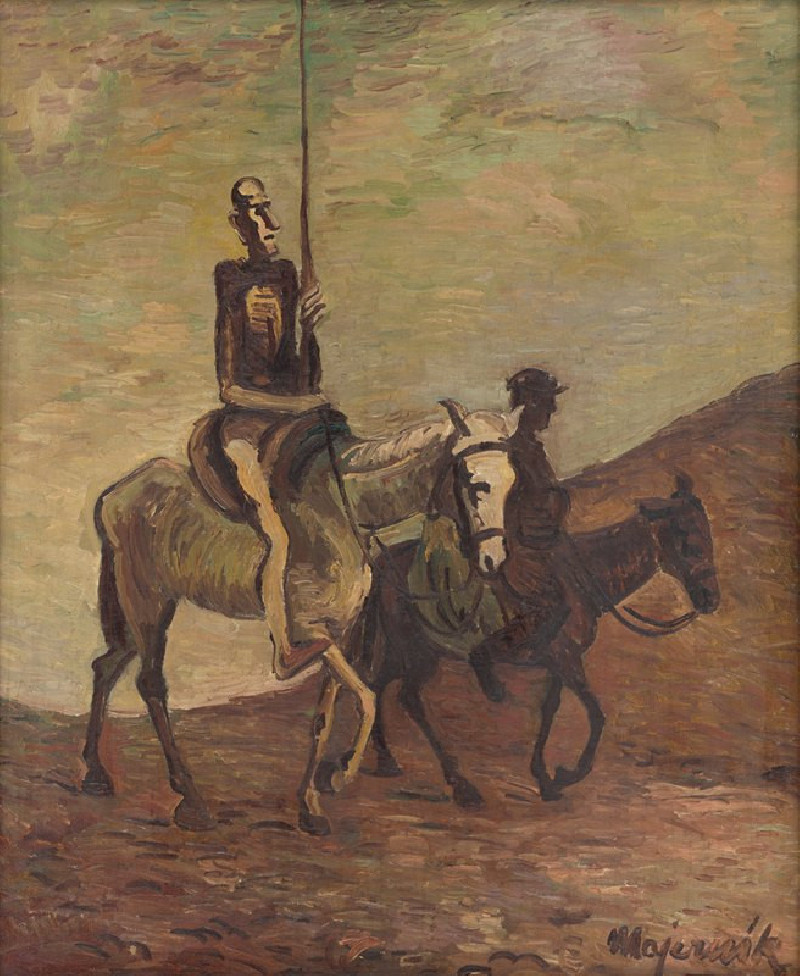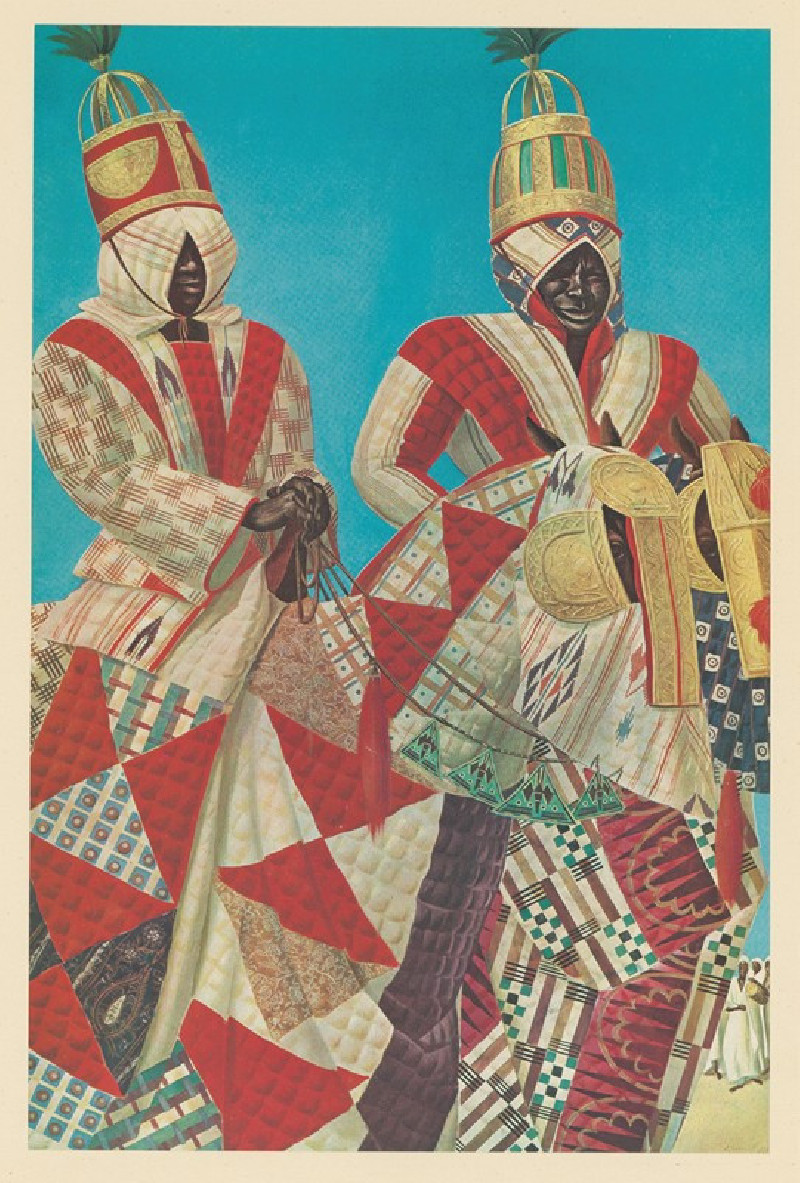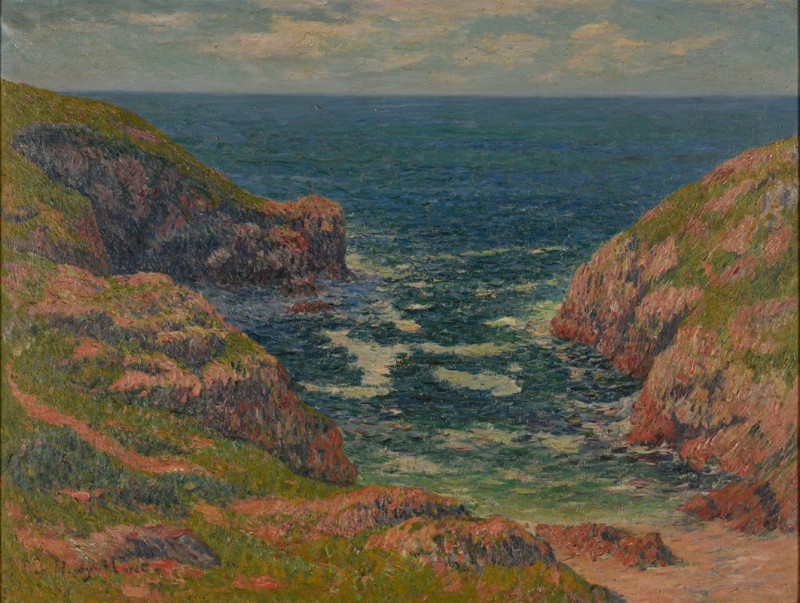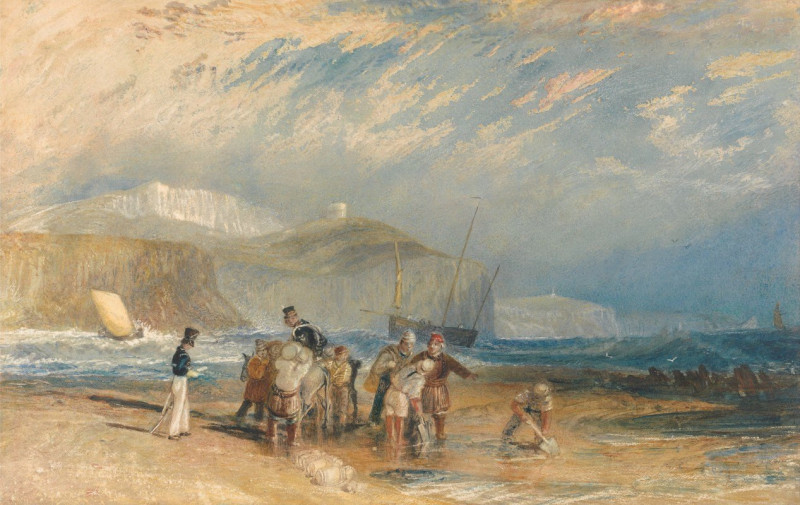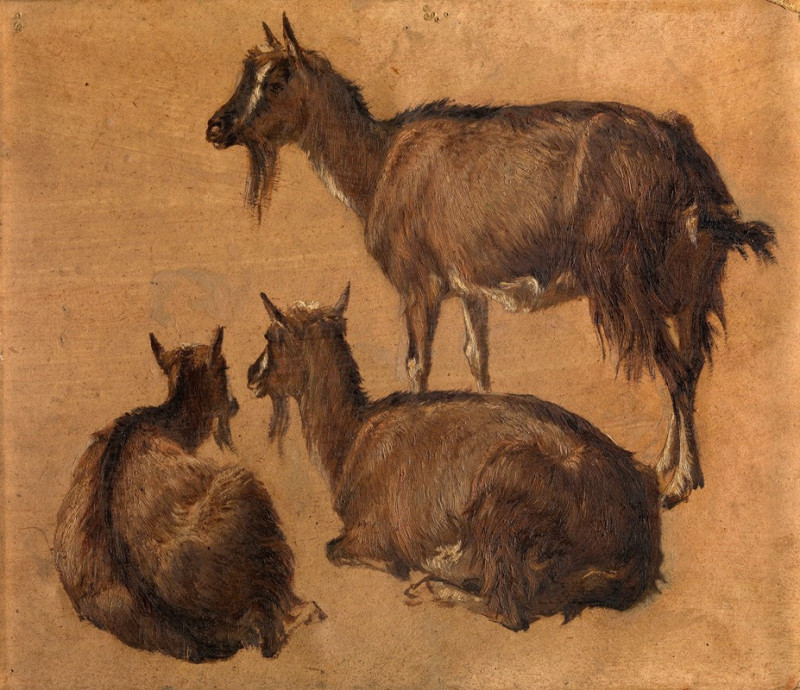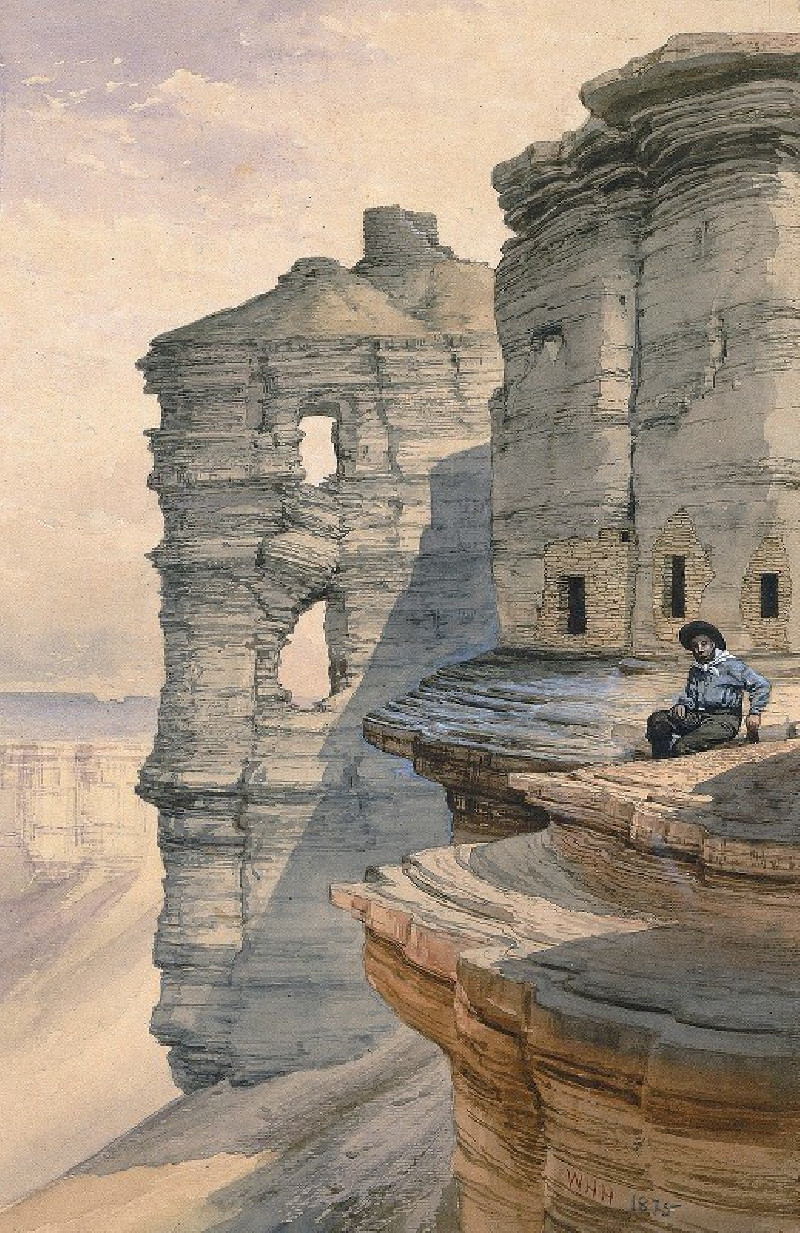Bairei gafu, Pl.43 (1905)
Technique: Giclée quality print
Recommended by our customers
More about this artwork
Titled "Bairei gafu, Pl.43," this exquisite artwork by Kōno Bairei, created in 1905, transports us into the tranquil realm of the natural world. The painting features a serene depiction of herons, elegantly poised, amidst a delicately rendered waterside landscape. The reeds and grasses, intricately detailed, sway subtly in an unseen breeze, framing the birds in a dance of line and movement.The use of soft, muted colors complements the gentle and peaceful theme of the painting, with the artist masterfully using gradations of ink to convey depth and atmosphere. The attention to detail in the feathers of the herons highlights Bairei’s skill in capturing the essence of his subjects, making them appear both lifelike and ethereal.This piece is a beautiful representation of traditional Japanese art and reflects the artist's profound connection with nature. It encourages viewers to pause and appreciate the quiet beauty of the natural world, offering a moment of calm and contemplation. Ideal for those who appreciate art that conveys a sense of peace and natural harmony, "Bairei gafu, Pl.


